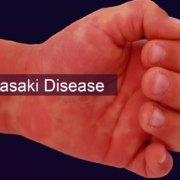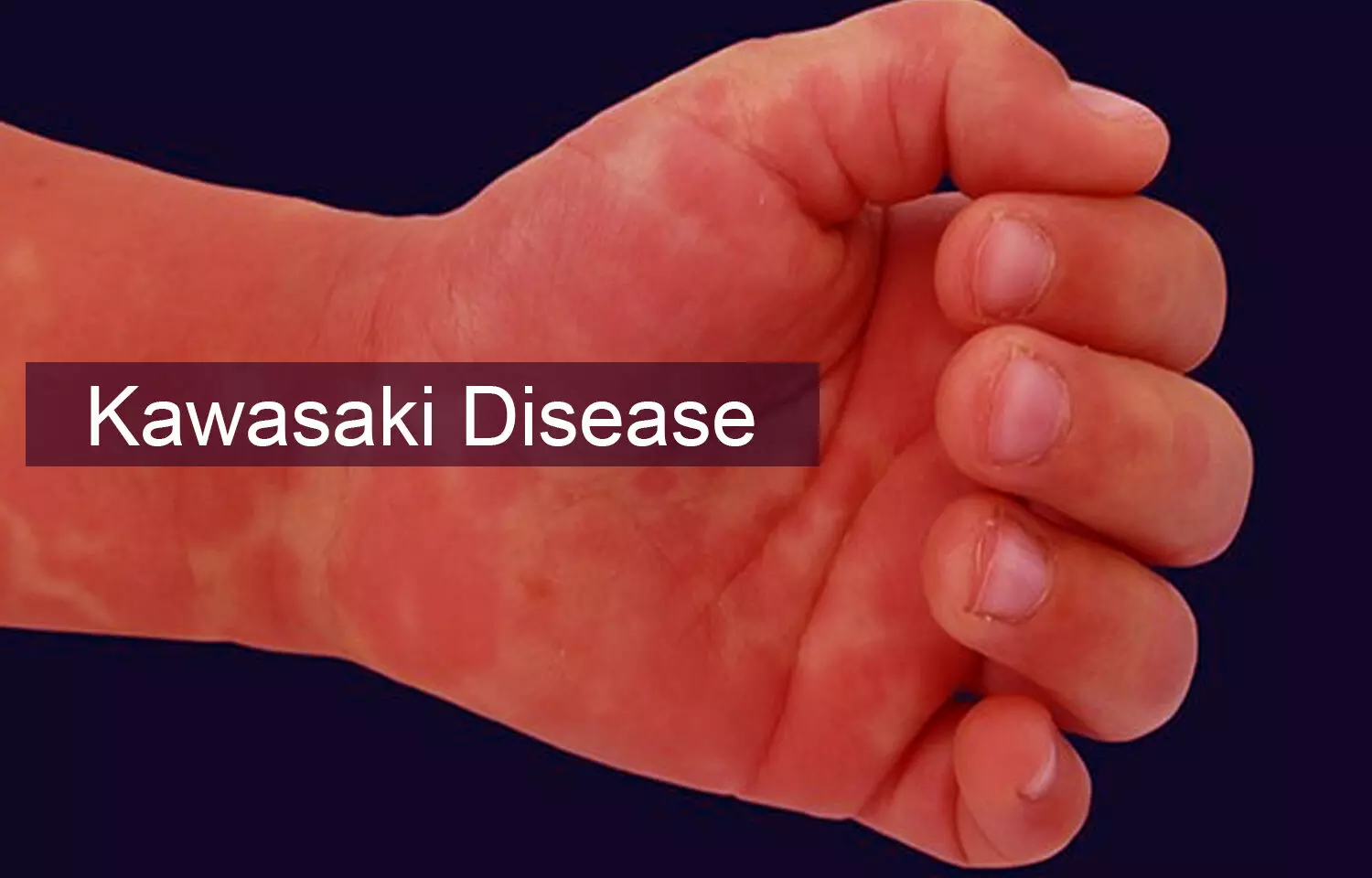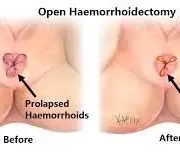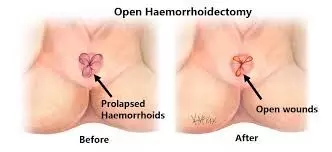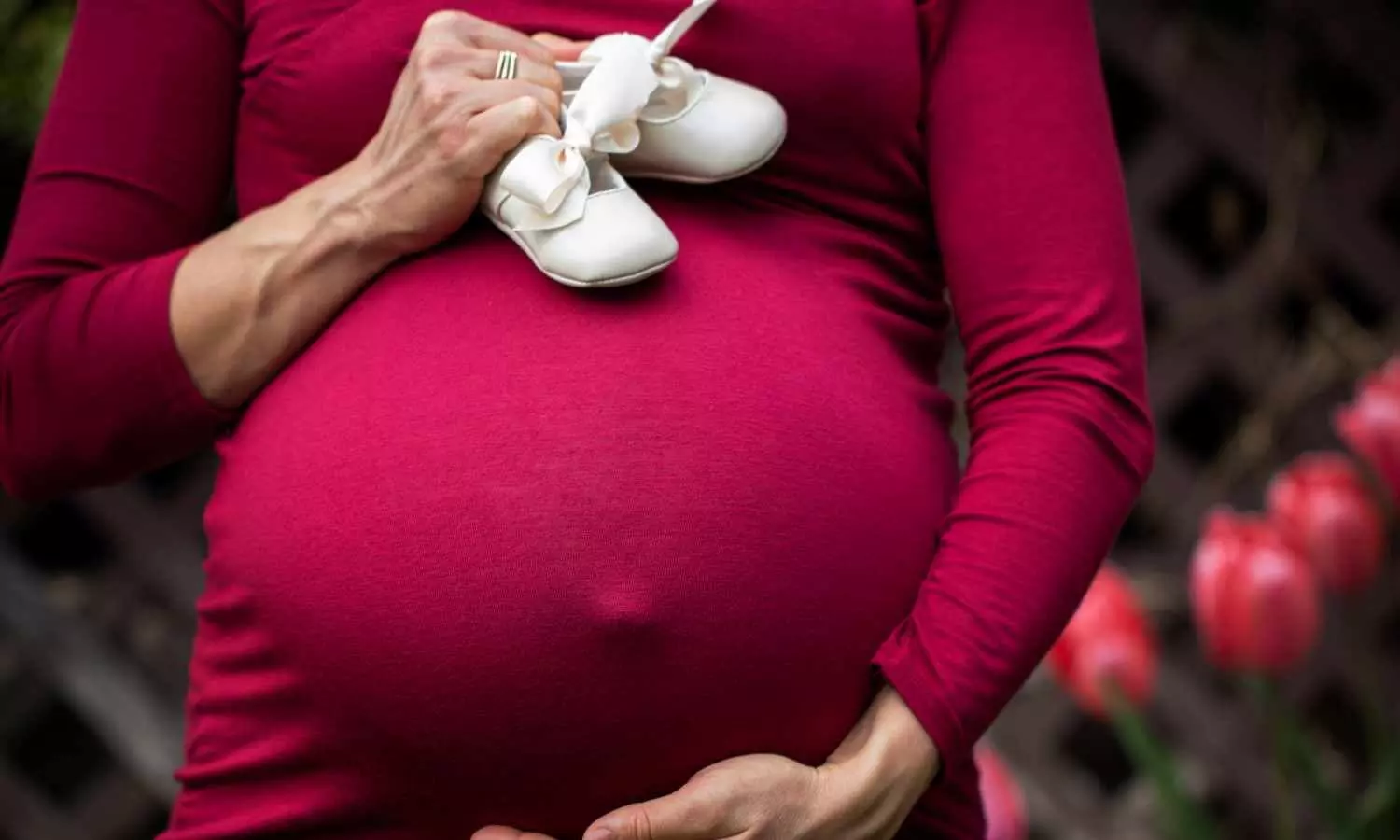Women less likely than men to receive MS drugs, reveals research

Women are less likely than men to receive drugs for multiple sclerosis (MS) between the ages of 18 to 40, during women’s childbearing years, even when those drugs have been shown to be safe for use during pregnancy or to have a prolonged effect against the disease even when stopped before conception, according to a study published on July 30, 2025, in Neurology®, the medical journal of the American Academy of Neurology.
“We found that women were less likely to be treated with a disease-modifying drug than men with the same level of disease severity, even when we took into account people who stopped taking their drugs during pregnancy or postpartum,” said study author Sandra Vukusic, MD, PhD, of the University of Lyon in France. “When used early, MS drugs can delay the burden of the disease, so women who are not treated could have worse outcomes in the long term and an increased risk of long-term disability. This loss of chance is not acceptable anymore, as there are drugs that are compatible with pregnancy or can continue to fight the disease long after people stop them when they are trying to conceive.”
For the study, researchers looked at more than 27 years of health records for people in France with relapsing-remitting MS that started when they were between 18 and 40 years old. A total of 16,857 women and 5,800 men were included in the study, with an average age of 29, and they were followed for an average of 12 years.
When researchers examined the percentage of person-years that people in the study received a disease-modifying drug, the number was 60.2% for women and 61.3% for men. Person-years represent both the number of people in the study and the amount of time each person spends in the study. For the highly effective drugs, the numbers were 23.5% for women and 25.3% for men.
However, Vukusic said these raw percentages do not take into account differences that might explain a gap in drug exposure between men and women such as disease severity since women tend to have a more active disease, or pregnancy and postpartum periods during which certain therapies may be interrupted.
After adjusting for disease severity, pregnancy and postpartum periods, women had 8% lower odds of receiving a disease-modifying drug compared to men. In the case of newer drugs that are highly effective at reducing MS relapses, women had 20% lower odds of receiving the drugs.
“Anticipation of pregnancy was probably an important factor in this difference between women and men with MS, but there could also be a reluctance to use these treatments when they may actually be the best way to manage the disease and delay disability,” Vukusic said. “Another factor could be that new data continues to be collected on the safety of newer MS drugs, so more work is needed to communicate those findings to people with MS and their doctors.”
A limitation of the study was that information on pregnancies ending in miscarriage or stillbirth as well as unsuccessful attempts at pregnancy was not available, so discontinuations of medications due to these events were accounted for by adjusting the results for sex.
Reference:
Antoine Gavoille, Emmanuelle Leray, Romain Marignier, Fabien Rollot, Sex-Related Gap in the Use of Disease-Modifying Therapies in Multiple Sclerosis, Neurology, https://doi.org/10.1212/WNL.0000000000213907.
Powered by WPeMatico


